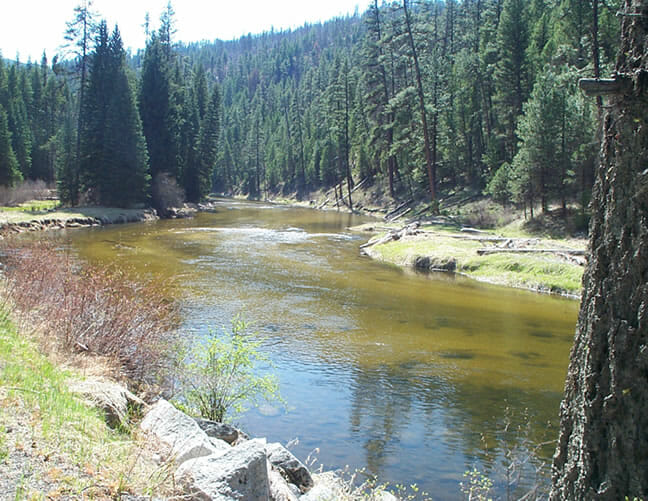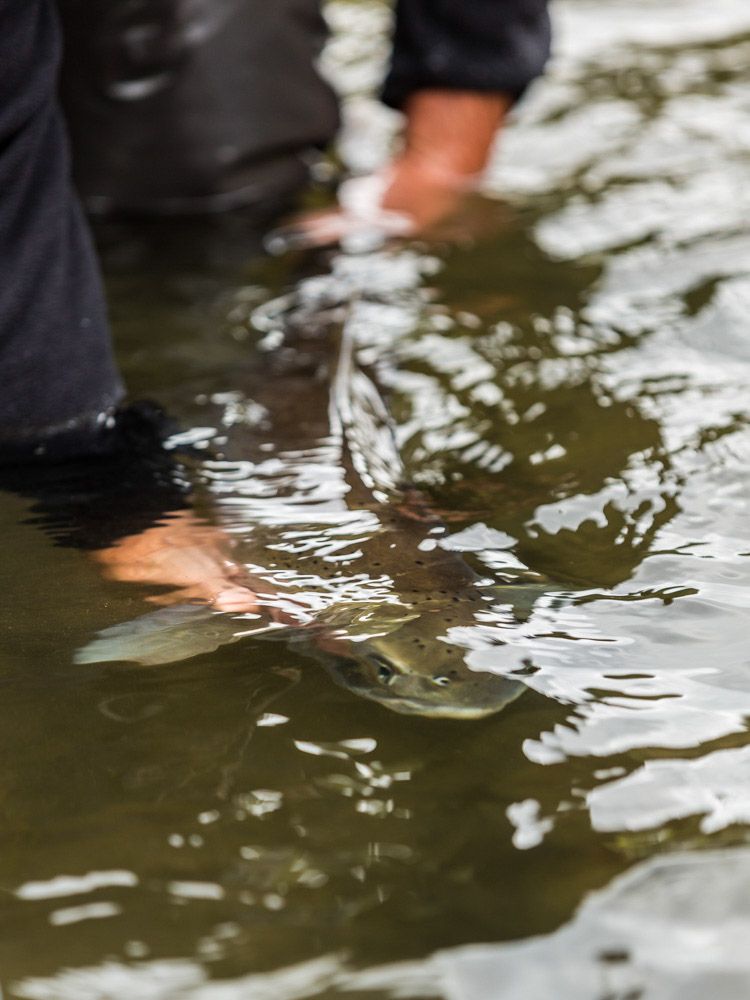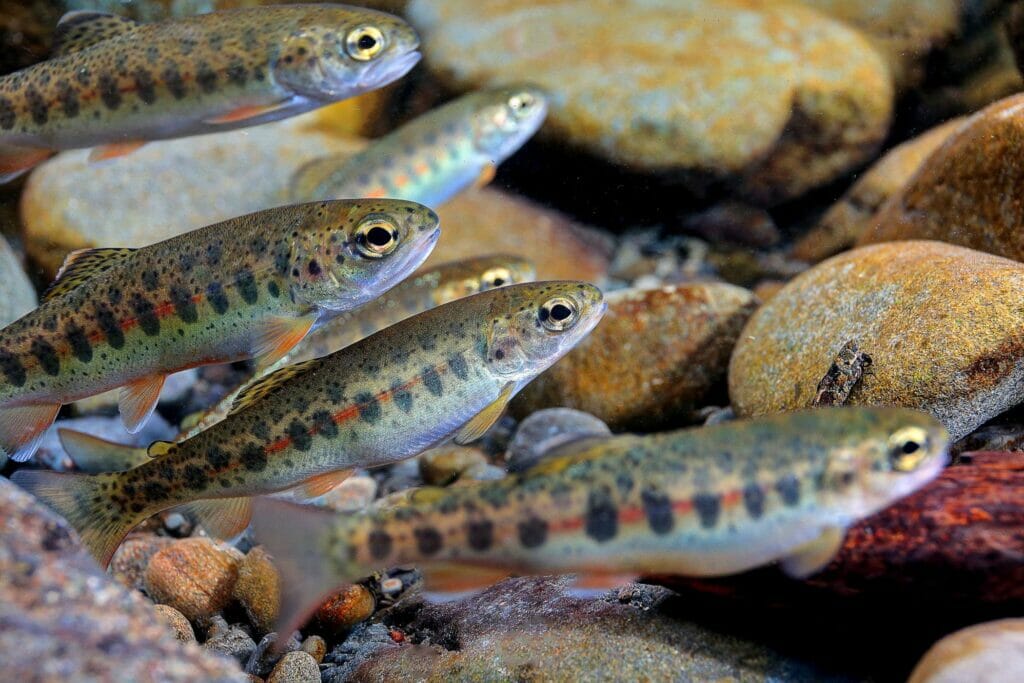
How do we bring back salmon and steelhead? Look to the science.
My career in conservation was informed by a magical experience at a place called Poverty Flats in the middle of the South Fork of the Salmon River in Idaho. At the end of a long day, as our field crew packed up, we watched in wonder as a single chinook that had climbed about 5000 feet in elevation and traveled nearly 800 miles to return to her natal stream, leapt out of the water.
Straight up into the air she went. We all looked after her leap. Then, she did it again, and again, and again. Her body forming an exclamation point to the word “live!” Today, Idaho’s wild and salmon and steelhead have declined to 1-2 percent of their historic run sizes.
Making decisions based on sound science and information is a core principle of Trout Unlimited. With that in mind, we set out to better understand the science behind the decline of Snake River salmon and steelhead and the actions that are necessary to recover them.

Overwhelmingly, the evidence that has been accumulated over the past 20 years led us to conclude that restoration of the lower Snake River is the single most important step we can take to recover abundant, fishable and harvestable Snake River salmon and steelhead. Snake river restoration through removal of the four lower Snake River dams, however, must be part of a comprehensive recovery plan that includes restoring and protecting natal habitat, improving hatchery and fishery management, and reducing predation.
We understand that not everyone sees it the way we do. As members of the communities that have been and will be impacted by this challenge, we recognize that all the Pacific Northwest must be kept whole as effective actions are taken to restore these iconic fish. This is not about sacrifice; it is about saving salmon and steelhead while strengthening local and regional economies.
We are committed – and determined – to seek solutions that work for fish and people while also meeting the needs of the industries and communities that are dependent on the dams. Although science is one of many factors to consider in every decision we make, a sound, factual foundation and good-faith efforts to find common ground with our neighbors should be where we start.
It is important to recall that multiple options exist for replacing power production, irrigation, and barging on the Snake River. In contrast, Idaho’s salmon and steelhead have no options. They must be able to return to their streams they were born to spawn and die, and their offspring must be able to make it back to the ocean to grow and continue the cycle. The losses caused by the dams as salmon try to make their way home to spawn, and then their offspring migrate to ocean are devastating.

We have taken a deep dive into the science and data and come out with a clear conclusion: If the lower Snake River is not restored, Snake River wild salmon and steelhead will soon become extinct.
We have compiled the evidence for river restoration via dam removal and distilled it into an approachable series of questions and answers. Take some time to dig in, think about it, and then reach out to us, if you have questions, concerns or simply want to be involved in the effort to recover the Snake River’s magnificent salmon and steelhead.
Idaho’s wild salmon and steelhead are irreplaceable. No others in the world migrate so far and spawn so high. If we lose these unique fish, they will be gone forever. Recovery is not theoretical. It is not a distant vision on some yet-seen horizon. It is within our grasp: We can bring back our fish and do so in a way strengthens the regional economy and Columbia Basin communities.
And by working together, we will.


